Monday Night RAW Evolves From Cable To Netflix
The Evolution of Monday Night Raw: A Legacy in Wrestling Entertainment
For over three decades, WWE’s Monday Night Raw has reigned as the crown jewel of professional wrestling, captivating millions of fans across the globe. Since its inaugural episode on January 11, 1993, the show has become synonymous with larger-than-life characters, unforgettable matches, and shocking moments that have defined the wrestling world.
Beginnings: A Bold Experiment
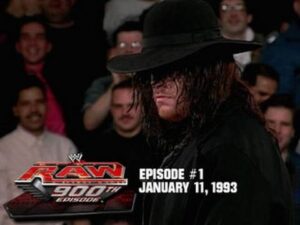
When Monday Night Raw debuted on the USA Network, it was a revolutionary concept. It was known as the WWF (World Wrestling Federation) and came after the huge 1980’s wrestling boom that was centered around the likes of Hulk Hogan, Andre The Giant, Randy Savage, Roddy Piper, and Ultimate Warrior. The company went to new heights after creating the Superbowl of Wrestling, WrestleMania, and making PPV a quarterly event. On cable, they had broke new ground with a record smashing 33 million plus viewers in 1988 for a live broadcast of the rematch between Hulk Hogan and Andre The Giant.
Unlike the pre-recorded wrestling programs of the time, Raw aired live from the Manhattan Center in New York City, bringing a fresh sense of immediacy and unpredictability to the genre. Hosted by Vince McMahon, Bobby “The Brain” Heenan, and Randy Savage, the first episode set the tone for what would become a staple in sports entertainment.
The live format allowed Raw to engage with fans in ways never seen before. From surprise debuts to impromptu matches, the show broke away from the formulaic presentation of its predecessors, laying the groundwork for the “Attitude Era.”
The Attitude Era: Wrestling’s Golden Age
The late 1990s marked a turning point for Raw and WWE as a whole. Facing stiff competition from WCW’s Nitro during the infamous Monday Night Wars, Raw leaned into edgier storylines and grittier characters. Iconic stars like “Stone Cold” Steve Austin, The Rock, and D-Generation X turned Raw into must-see television, leading WWE to ultimately triumph over WCW.
The Attitude Era’s success propelled Raw to new heights, with groundbreaking segments and record-breaking viewership. It was during this period that Raw solidified its place as the flagship program of WWE.
ALSO CHECK OUT END OF SPORTS ENTERTAINMENT
Evolution and Expansion
As WWE evolved, so did Monday Night Raw. The show transitioned to high-definition broadcasts in 2008, introduced a three-hour format in 2012, and became a platform for groundbreaking moments such as women headlining episodes and major pay-per-view events. Legendary matches, shocking betrayals, and memorable promos continued to make Raw the centerpiece of WWE programming.
Raw’s influence extended beyond wrestling, often featuring celebrity appearances and crossover events that bridged the gap between sports entertainment and mainstream pop culture.
The Transition to Netflix
December 30, 2024, marked the end of an era as Monday Night Raw aired its final broadcast on the USA Network. This historic episode, live from the Toyota Center in Houston, Texas, featured a lineup of high-profile matches and emotional farewells. Among the highlights were CM Punk’s face-to-face confrontation with Seth “Freakin” Rollins and the semifinal rounds of the Women’s Intercontinental Title Tournament.
WWE’s decision to move Raw to Netflix, effective January 6, 2025, represents a bold leap into the digital streaming age. This $5 billion deal not only includes Raw but also major WWE events like WrestleMania and SummerSlam, underscoring the company’s commitment to adapting to changing viewer habits.
Looking Ahead
As Monday Night Raw enters its next chapter on Netflix, the show will revert to its original two-hour format—a move widely applauded by fans. This change reflects WWE’s dedication to delivering a more concise and impactful viewing experience while honoring the legacy of the program.
Raw’s journey from a fledgling experiment in 1993 to a global phenomenon has been nothing short of extraordinary. Its rich history and enduring appeal ensure that Monday Night Raw will continue to be a cornerstone of professional wrestling for years to come, whether on cable or streaming platforms.
Stop we’re crying enough as it is
— USA Network (@USANetwork) December 30, 2024
I tuned in day 1. We would watch Wwf Prime Time Wrestling. But instead it was a new show called Monday night raw. I had an onion in my belt, which was the style at the time.
— “Alwayz Ready” Bestgoutmachine (@Bestgoutmachine) December 30, 2024
So does this mean it stops its own record of being the longest running weekly episodic tv show of all time?
— John “Shikari” Peña🌵🏴☠️ (@JohnP_TTU) December 31, 2024
I still have the final Nitro.
— Adam Bernard (@AdamsWorldBlog) December 30, 2024
“I wonder what happened to Garry Coleman?” pic.twitter.com/jyJlYvZbi2
— Eddie Thomas (@EddieThomas35) December 30, 2024
Not only the last Raw on USA… the last Raw probably ever on cable television! Because I seriously doubt typical cable TV will even be a thing 10 years from now
— Aaron Spencer 🖤💛 (-_•) (@RebelHart9) December 30, 2024
Share this content:
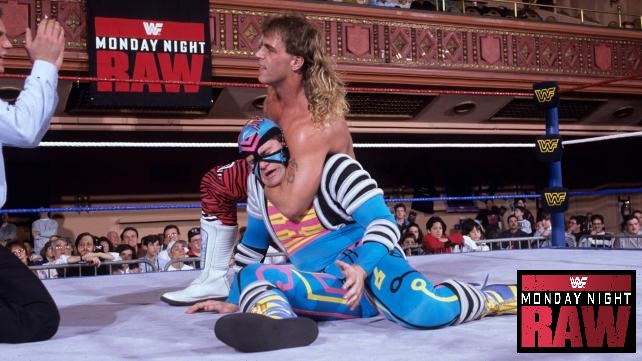





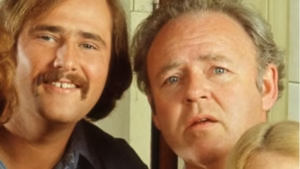


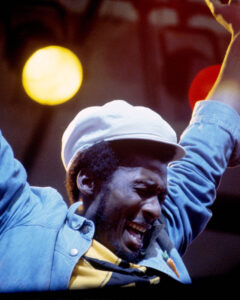



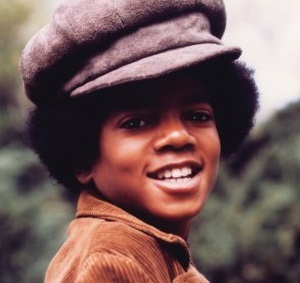
Post Comment